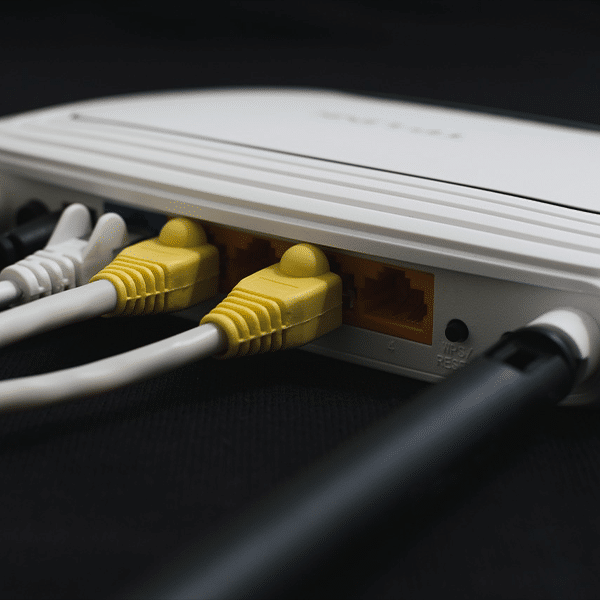Artificial intelligence (AI) will be a game changer for the access network and for data centers, according to Mike O’Day, chief technology officer for Corning Optical Communications. Data centers already are seeing a surge to support early AI adopters, and as AI is adopted, traffic in the access network will increase substantially, O’Day told Telecompetitor in a recent interview.
“The more traffic that gets generated inside of a data center, you still need a fiber optic pipe to get to a residence or business,” said O’Day. “The more demand created inside the data center for AI applications, the more fiber optic network capacity is needed to be able to transport that data back and forth between the cloud operator and the user.”
Jason Tofsky, managing director for Goldman Sachs, confirmed the AI-driven data center boom.
“Anything data center is doing really well right now,” Tofsky told participants in an online investor conference on Friday. AI is the driver, he said.
Tofsky made his comments at the NSR/BCG Fiber to the Future conference.
Hot AI Applications
In a blog post, O’Day noted several AI applications that he expects to have strong initial appeal, including:
- In healthcare, AI can help clinicians detect abnormalities in medical imaging and drive more sophisticated data-driven decisions for cancer treatment
- In education, AI can personalize tutoring to adapt to students’ strengths and weaknesses
- In manufacturing, AI can be used to inspect and identify defects in real time
- In finance, AI can help protect against unauthorized transactions and aid in portfolio management
- In civil engineering, AI can improve traffic flow by aligning signals with current conditions
Corning follows developments such as these closely because understanding the developments help the company identify possible new products, such as new connectivity options for data centers that support AI.
AI’s impact on the entire telecom network, including the access network, will be magnified as more AI applications are adopted, O’Day predicts.
“The more bandwidth and apps [that customers] use, the more fiber connectivity they need,” he said.


